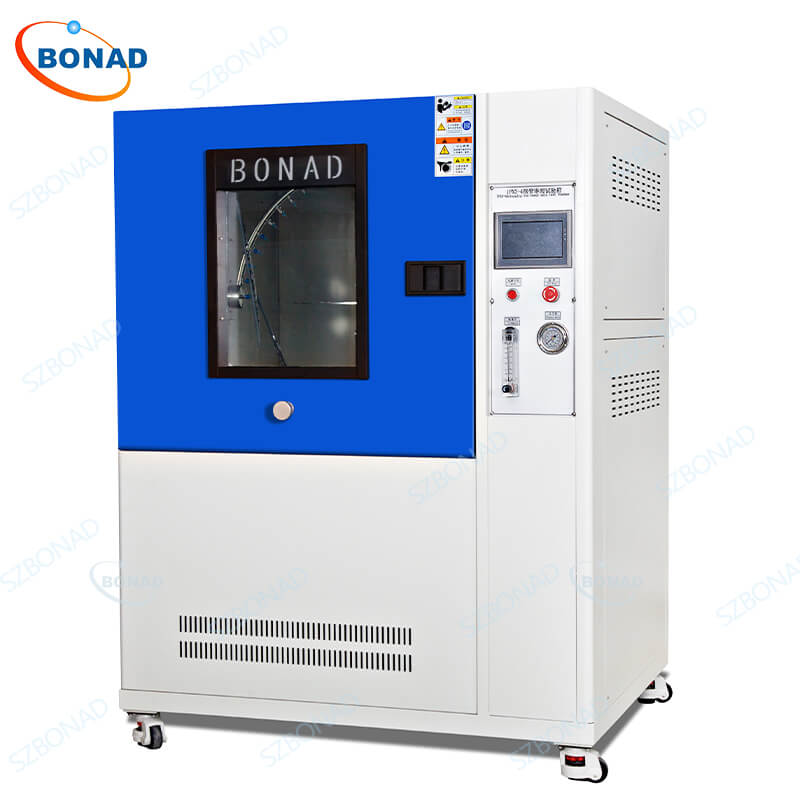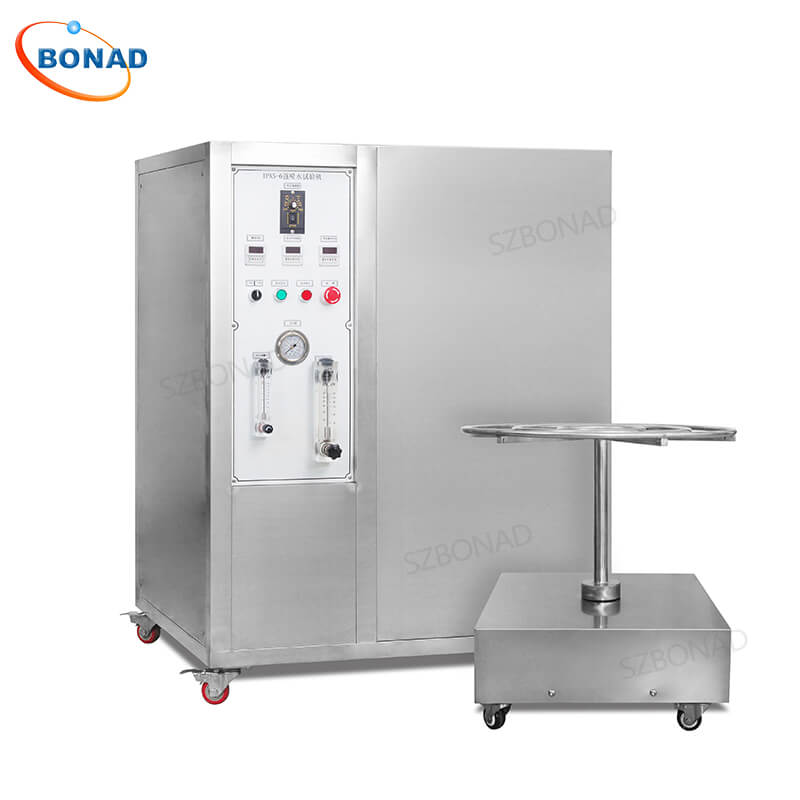Can IPX4 Waterproof Chambers Be Used for Outdoor Testing?
Environmental testing is vital for ensuring product reliability, especially for items exposed to the elements. Water resistance testing, often using IPX4 waterproof chambers, is a critical step. But a key question arises: Can these chambers effectively simulate real-world outdoor conditions? Let’s explore the capabilities, limitations, and alternatives for using IPX4 chambers in outdoor testing scenarios.
Understanding IPX4 Waterproof Chambers
- The IPX4 Rating Explained: IPX4 signifies protection against water splashing from any direction. It tests a product’s ability to withstand incidental water contact, like rain or splashes, but not immersion or high-pressure jets.
- Primary Purpose: These chambers provide controlled, repeatable environments to test if products (electronics, outdoor gear, apparel) meet the IPX4 splash-resistance standard. They simulate rain or splashing scenarios reliably.
- Common Applications: Ideal for initial validation of items like outdoor speakers, fitness trackers, rain jackets, or components likely to face splashing water.

Can IPX4 Chambers Simulate Outdoor Testing? Evaluating Capabilities & Limits
While valuable, IPX4 chambers have significant limitations for comprehensive outdoor testing:
- Restricted Water Exposure: Only simulates splashing, not immersion (IPX7/IPX8), powerful water jets (IPX5/IPX6), or wind-driven rain.
- Lack of Environmental Factors: Does not replicate critical outdoor elements like UV radiation, temperature extremes, humidity cycling, wind, dust, or pollutants.
- Limited Test Duration: Standard IPX4 tests are relatively short, unlike prolonged real-world exposure.
Partial Outdoor Testing Applications:
Despite limitations, IPX4 chambers can play a role in outdoor-oriented testing:
- Initial Screening: Identify fundamental water ingress weaknesses before costly field trials.
- Component Validation: Test specific sub-assemblies or materials expected to face splashing.
- Comparative Analysis: Evaluate different designs or materials under controlled splash conditions.
Enhancing IPX4 Chambers for More Realistic Testing
While not a full outdoor sim, IPX4 chambers can be augmented:
- Integrated Environmental Controls: Add UV lamps, temperature/humidity controls, and air circulation systems to mimic sunlight, climate variations, and wind effects.
- Custom Test Protocols: Extend durations, vary water pressure/angles (simulating wind-driven rain), or add freeze-thaw cycles.
- Chamber Linking: Combine the IPX4 chamber with thermal shock, salt fog (for corrosion), or dust chambers for multi-factor testing.
Alternatives for Comprehensive Outdoor Simulation
When IPX4 testing is insufficient, consider these solutions:
- Higher IP-Rated Chambers:
- IPX5/IPX6: For water jet resistance.
- IPX7/IPX8: For immersion testing.
- Multi-Factor Environmental Chambers: Combine temperature, humidity, vibration, UV radiation, and sometimes salt spray/rain in a single unit for holistic simulation.
- Dedicated Outdoor Testing Facilities: Real-world exposure on test grounds, rooftops, or via mobile units provides the most authentic data (though less controlled and slower).
Best Practices for Outdoor-Focused Testing
- Holistic Test Planning: Define all relevant outdoor stressors (water, UV, temp, dust, etc.), durations, cycles, and pass/fail criteria.
- Layered Approach: Combine IPX4 screening with higher IP tests, multi-factor chambers, and controlled field trials.
- Robust Data Collection: Use sensors, data loggers, and high-resolution imaging before/during/after tests.
- Continuous Improvement: Align with evolving standards, correlate lab results with real-world performance, and train personnel.
Conclusion: A Tool in the Arsenal, Not the Whole Solution
IPX4 waterproof chambers are valuable but insufficient alone for comprehensive outdoor testing. They excel at validating splash resistance under controlled conditions and serve as a useful screening tool. However, accurately simulating the complex, multi-factor nature of outdoor environments requires:
- Understanding the limitations of IPX4.
- Enhancing chambers with additional environmental controls.
- Employing a strategic combination of higher IP chambers, multi-factor environmental simulators, and real-world field testing.
By integrating IPX4 testing into this broader strategy, manufacturers gain deeper insights into product durability, ensuring reliability in challenging outdoor conditions.
Ready to Optimize Your Environmental Testing?
Ensure your products withstand real-world challenges. Contact BONAD Industry at zhy@szbonad.com for expert guidance and advanced testing solutions tailored to your outdoor durability requirements.


